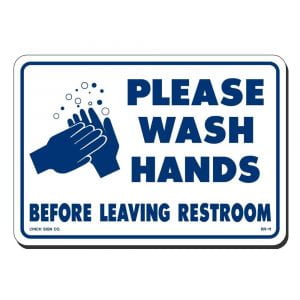12/15 Skin
Did you know that your skin is just one big organ? Did you know that the thinnest point of your skin is your eyelids, and the thickest point is the bottom of your feet? And did you know that your skin is 16% of your body weight? Skin is incredible because of all the amazing things it does, and so that is what my blog is about today. Skin is the foundation of the integumentary system, which includes your nails and hair. If you stretched out all of your skin flat, it would be around 1.7 meters squared! Your skin is made up of three layers: the epidermis, dermis, and hypodermis.

For your sense of touch/feel skin relies on pressure sensitive merkel cells. In each square centimeter in your finger there are 750 merkel cells and around 2,500 receptors! Your skin protects you from unwanted bacteria and uses collagen to absorb shock. The epidermis is made up of keratinocytes, skin cells. Your skin is completely replaced every 4 weeks! The veins in your skin expand to release heat when you are hot, and contract to conserve heat when you are cold. When you are cold, muscles called arrector pili flex and straiten the hairs on your skin, which causes the skin around your hairs to bulge, hence the saying ‘goosebumps.’
In total, how many skin cells are on my body at any given time?
How many hairs are on my body?
How often do the hairs on my body fall off, and how many?
Source:

